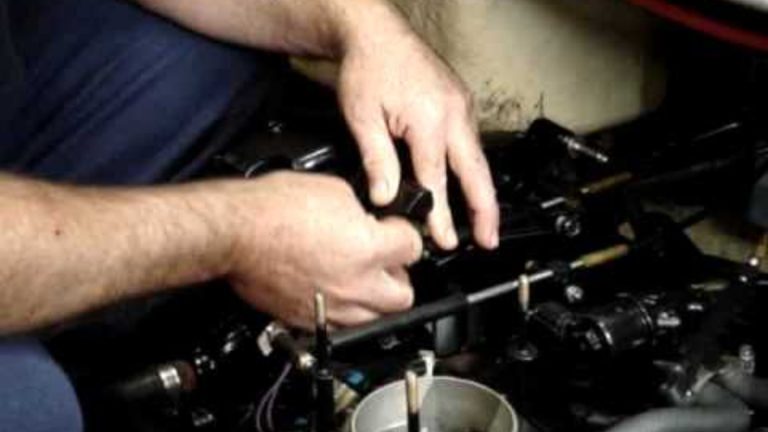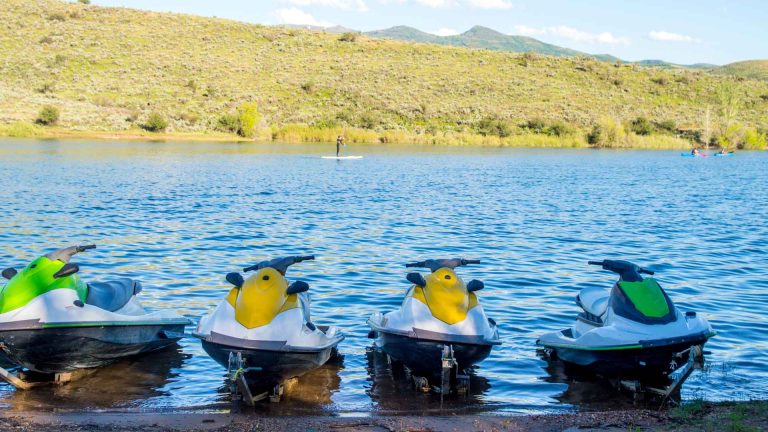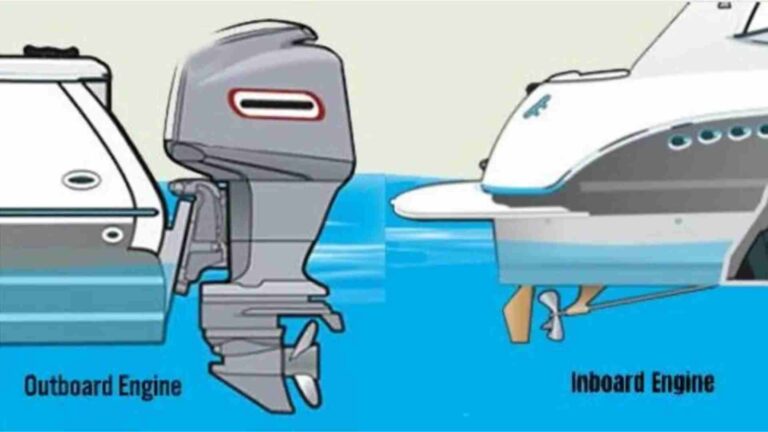What Is a Boat Slip? Understanding the Basics and Benefits
As the sun glistens on the water, boat owners and enthusiasts alike find solace in the embrace of the open sea. But before setting sail, they require a safe haven for their beloved vessels.
This is where boat slips come into play. Boat slips provide a secure and convenient space for boat owners to dock and store their vessels. In this article, we will delve into the fundamentals of boat slips, exploring their definition, features, and the wide range of benefits they offer to boat owners and the boating community at large.
Boat slips serve as essential gateways to aquatic adventures, providing boat owners with a dedicated space to moor their vessels. Beyond their functional purpose, boat slips play a pivotal role in enhancing the overall boating experience.
They offer convenience, protection, and a host of amenities that make boating a seamless and enjoyable endeavor. Let us embark on a journey to uncover the intricacies of boat slips, shedding light on their significance and the advantages they bring to boat owners and the boating community as a whole.
What Is Boat Slip and Its Purpose?
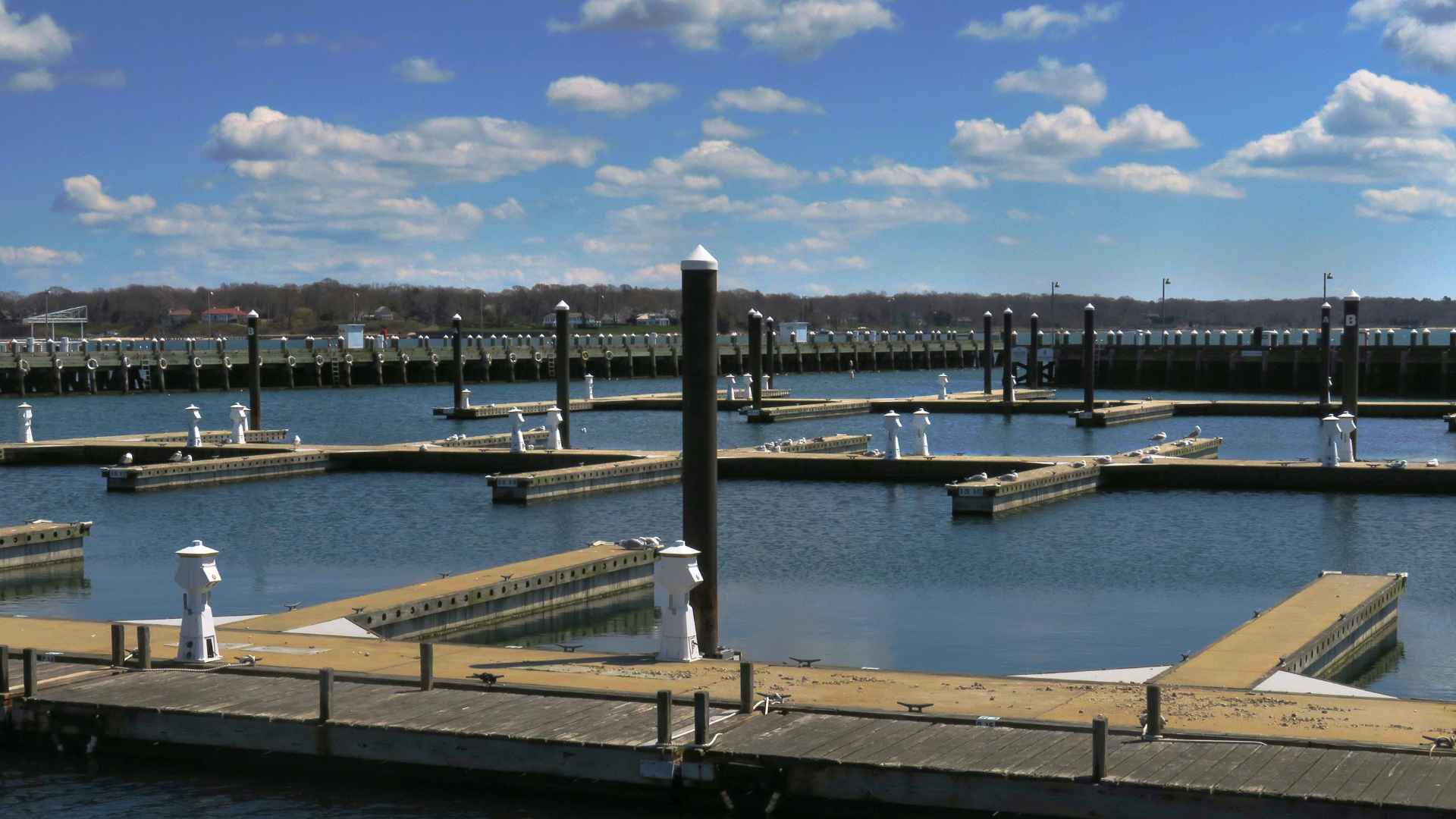
A boat slip refers to a designated space or berth within a marina or harbor where boats can be docked or moored. It is a designated area in the water or along a dock that is specifically designed to accommodate boats of various sizes and types.
The primary purpose of a boat slip is to provide a secure and convenient location for boat owners to store and access their vessels. Boat slips offer a safe harbor for boats when they are not in use, protecting them from the elements such as waves, tides, and inclement weather. They provide a stable and controlled environment that helps prevent damage to the boat’s hull, engine, and other components.
Boat slips also serve as a starting point for boating activities. They offer a convenient location for boat owners to embark and disembark from their vessels, making it easier to access the water and begin their boating adventures. Boat slips often have amenities and facilities such as fuel stations, power hookups, water supply, waste disposal, and parking areas, which enhance the convenience and functionality of the docking space.
Furthermore, boat slips facilitate the efficient use of space within marinas and harbors. By organizing boats into designated slips, it becomes easier to manage and allocate docking spaces, ensuring that each boat has its own dedicated area. This arrangement helps maintain order and prevents congestion in the waterways and docks, allowing for smooth navigation and maneuvering of boats.
In summary, boat slips are designated spaces within marinas or harbors where boats can be docked, providing a secure and convenient location for boat storage, access, and embarkation. They contribute to the protection of boats, efficient use of space, and facilitate boating activities.
Physical characteristics of a boat slip, including size, layout, and access.
The physical characteristics of a boat slip can vary depending on the specific marina or harbor. However, here are some common aspects:
- Size: Boat slips come in different sizes to accommodate boats of varying lengths. They can range from small slips for personal watercraft or small boats to larger slips for yachts and sailboats. The length and width of a boat slip are typically specified to ensure a proper fit for the boat.
- Layout: Boat slips are usually arranged in a linear or rectangular configuration along a dock or within a basin. They may be organized in rows or sections, with each slip designated by a number or other identifying marker. The layout is designed to maximize the use of available space and provide sufficient room for maneuvering boats in and out of the slips.
- Access: Boat slips typically have a designated access point, such as a gangway or a floating dock, that allows boat owners and visitors to access the slips. The access points are designed to provide safe and convenient passage between the shore and the slips. In some cases, marinas may have security measures in place to ensure controlled access to the slips.
Now, let’s differentiate boat slips from other types of mooring options:
- Marinas: A marina is a facility that provides various amenities and services for boaters. It includes not only boat slips but also other infrastructure such as fuel docks, boat ramps, boat storage, repair and maintenance facilities, restrooms, showers, and sometimes restaurants or shops. A marina typically offers a range of services and a community-oriented environment for boat owners and enthusiasts.
- Anchorages: An anchorage refers to a designated area within a body of water where boats can drop anchor and remain temporarily. Unlike boat slips, anchorages do not provide fixed docking spaces or facilities. They are often located in sheltered areas and can be used by boats for short-term stays, such as overnight anchoring or rest stops during a journey. Anchoring in an anchorage requires proper navigation and adherence to local regulations.
While marinas offer a comprehensive range of services and facilities, boat slips focus specifically on providing dedicated and secure docking spaces for individual boats. Anchorages, on the other hand, offer temporary anchoring options but lack the amenities and services provided by marinas and boat slips.
What Are the Features and Amenities of Boat Slips?

Boat slips often provide a range of features and amenities to enhance the convenience and functionality of the docking space.
Common features and amenities that boat slips may offer
Here are some common amenities that you may find at boat slips:
- Dockside Utilities: Many boat slips offer access to essential utilities such as water and electricity. Water hookups allow boat owners to easily fill their water tanks for various onboard needs, such as drinking water, cooking, and cleaning. Electricity hookups, commonly known as shore power, enable boats to connect to a power source while docked, allowing for charging batteries, running appliances, and operating onboard systems without relying solely on the boat’s internal power supply.
- Fuel Stations: Boat slips often have fuel stations or fuel docks nearby, providing a convenient location for boaters to refuel their vessels. These fueling facilities offer different types of marine fuels, such as gasoline and diesel, ensuring that boats can be topped up before or after their outings without the need for additional travel to find a fuel station.
- Pump-Out Facilities: Many boat slips are equipped with pump-out stations for sewage and waste disposal. These facilities allow boat owners to safely and responsibly empty their onboard holding tanks, preventing the discharge of waste into the waterways. Pump-out services contribute to the protection of the marine environment and help maintain clean and healthy water conditions.
- Security Measures: Boat slips often incorporate security measures to safeguard the vessels and provide peace of mind to boat owners. These measures may include gated access points, security personnel, surveillance cameras, and well-lit areas. Security measures help prevent unauthorized access, theft, and vandalism, ensuring the safety and protection of boats and their owners’ property.
The convenience and advantages of having these amenities readily available at a boat slip.
Having these amenities readily available at a boat slip offers several advantages and conveniences to boat owners:
- Convenience: By providing access to dockside utilities, boat slips eliminate the need for boat owners to carry and transport water or rely solely on onboard power sources. It simplifies the process of refilling water tanks and enables boats to stay connected to a reliable power supply, making it easier to enjoy the comforts of home while at the slip.
- Time and Cost Savings: The availability of fuel stations at boat slips saves time and effort that would otherwise be spent searching for fueling options. It eliminates the need for detours or extra travel to locate a fuel station, allowing boaters to quickly refuel and get on with their boating activities. Moreover, having pump-out facilities on-site saves the hassle of finding appropriate disposal locations, ensuring proper waste management without the need for additional trips.
- Enhanced Security: Boat owners can have peace of mind knowing that their vessels are moored in a secure environment. The presence of security measures, such as gated access and surveillance, reduces the risk of theft and unauthorized access. This adds an extra layer of protection to the boat and its belongings, making boat slips a safer option for long-term or overnight mooring.
In summary, the availability of features and amenities such as dockside utilities, fuel stations, pump-out facilities, and security measures at boat slips enhances convenience, saves time and costs, and provides a secure environment for boat owners and their vessels. These amenities contribute to a more enjoyable and hassle-free boating experience.
What Are the Different Types of Boat Slips?
There are different types of boat slips based on their location, accessibility, and purpose. Here are some common types:
- Private Boat Slips: Private boat slips are owned by individuals or private entities and are typically associated with waterfront properties or private residences. These slips are exclusively used by the owner of the slip and are not available for rental or public use. Private boat slips offer the convenience of having a dedicated space to moor a boat close to one’s residence, providing easy access and personal control over the docking area.
- Rental Slips: Rental slips are boat slips that are available for short-term or long-term rental. They are typically managed by marinas or boat rental companies. Boat owners can lease these slips for a specific duration, allowing them to dock and store their boats in a secure and designated space. Rental slips are often a flexible and convenient option for boat owners who do not own their own slip or prefer not to commit to long-term ownership.
- Marina or Yacht Club Slips: These slips are located within marinas or yacht clubs, which are dedicated facilities for boaters. Marinas and yacht clubs offer a range of services, amenities, and infrastructure beyond just boat slips. They provide a comprehensive boating environment with facilities such as fuel docks, repair services, restaurants, showers, and social activities. Slips within marinas or yacht clubs are typically available for both private ownership and rental, catering to a diverse boating community.
Now, let’s discuss the differences between wet slips and dry slips:
- Wet Slips: Wet slips refer to boat slips where the boat remains in the water while docked. These slips are designed to accommodate boats that are ready to use, allowing direct access to the water. Wet slips are typically preferred by boat owners who frequently use their boats and want the convenience of quick access to the water for spontaneous trips. They often provide amenities like dockside utilities, fuel stations, and pump-out facilities for the boats’ convenience.
- Dry Slips (Dry Storage): Dry slips, also known as dry storage or dry stacks, are boat storage options where the boat is stored out of the water when not in use. Dry slips typically involve using specialized boat storage racks or cradles to store boats on land or in covered storage facilities. Boats are lifted in and out of the water using forklifts or travel lifts. Dry slips are suitable for boat owners who do not require constant access to the water and prefer to keep their boats protected from the effects of long-term exposure to the water, such as fouling or deterioration.
The choice between wet slips and dry slips depends on the individual boat owner’s preferences, frequency of use, and storage requirements. Wet slips provide immediate access to the water but require ongoing maintenance, while dry slips offer protection and convenience for boats that are used less frequently.
What Are the Benefits of Boat Slips?

Boat slips offer a range of benefits for boat owners, enhancing their boating experience and providing added value.
Here are some key advantages of having a boat slip:
- Convenience and Accessibility: Boat slips provide convenient access to the water, allowing boat owners to quickly launch their boats and begin their boating activities. With a dedicated space in the water, boat owners can avoid the hassle of trailering their boats and launching them at public ramps. This saves time and effort, enabling boaters to maximize their time on the water.
- Protection and Security: Boat slips offer a secure and protected environment for boat storage. When not in use, boats can be safely moored in the slip, protected from the elements such as wind, waves, and inclement weather. This helps prevent damage to the boat’s hull, engine, and other components. Additionally, many boat slips incorporate security measures such as gated access, surveillance cameras, and on-site personnel, providing peace of mind and protection against theft or vandalism.
- Amenities and Services: Boat slips often provide amenities and services that enhance the boating experience. These can include access to dockside utilities such as water and electricity, fuel stations for refueling, pump-out facilities for waste disposal, and convenient access to maintenance and repair services. Having these amenities readily available at the slip saves time and effort for boat owners, making the boating experience more enjoyable and convenient.
- Social Interaction and Community Building: Boat slips within marinas or yacht clubs offer opportunities for social interaction and the development of a boating community. Boaters can connect with fellow boat owners, share experiences, and participate in social events or activities organized within the marina or yacht club. This sense of community fosters a supportive and enjoyable boating environment and allows for networking and learning from other boaters.
- Investment Value and Rental Income: Boat slips can have potential investment value. Owning a boat slip within a desirable marina or waterfront location can appreciate in value over time, similar to real estate. Additionally, if the boat slip is available for rental, it can generate income for the owner. Boat owners who do not use their slips year-round may choose to rent them out to other boaters, creating a potential source of passive income.
In summary, boat slips offer convenience, protection, amenities, social opportunities, and potential investment value for boat owners. They provide a dedicated and secure space for boat storage, enhance the boating experience through convenient access and amenities, and offer the possibility of building a boating community within a marina or yacht club setting.
What Are the Considerations for Choosing a Boat Slip?
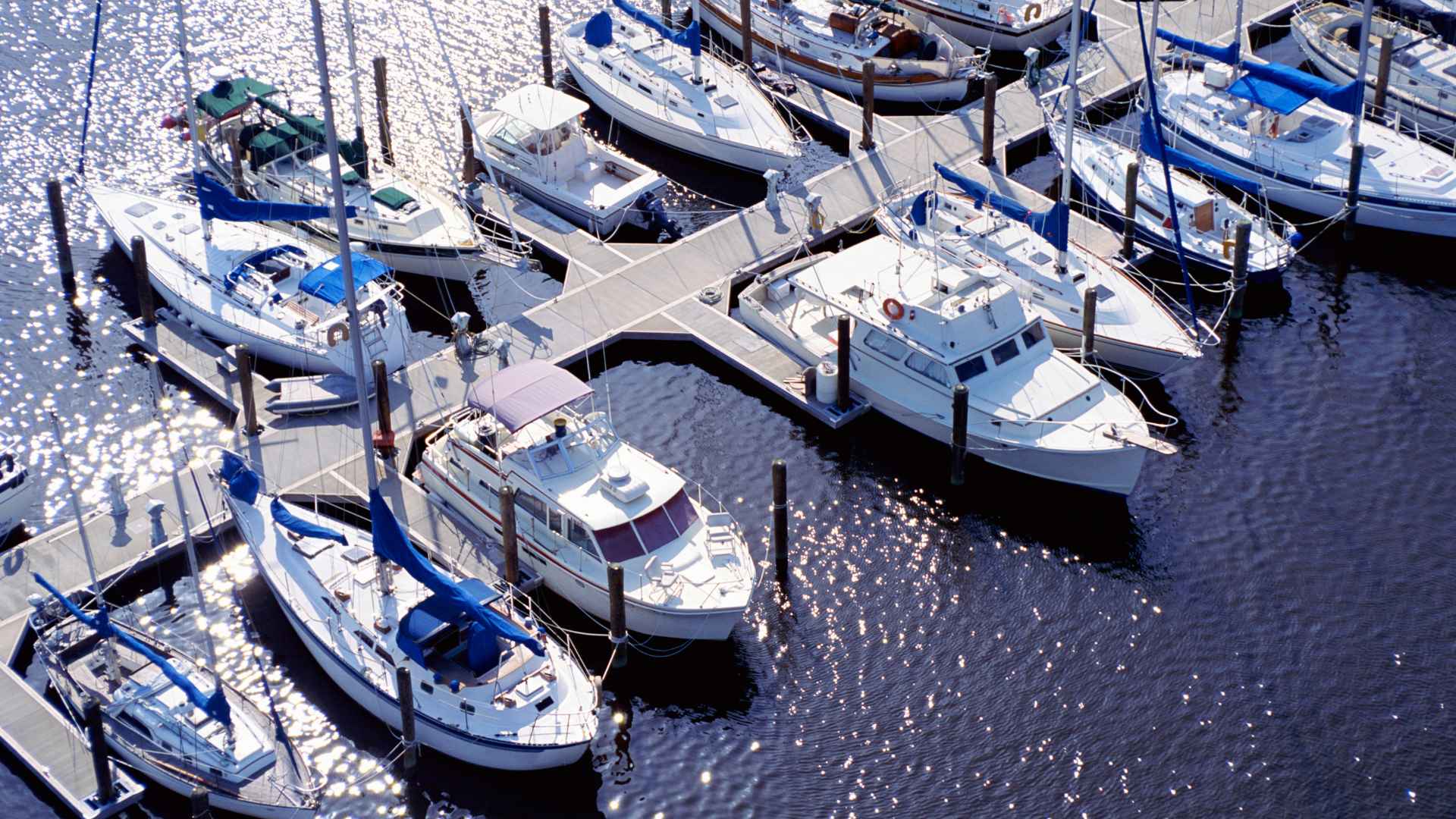
When choosing a boat slip, several factors should be taken into consideration to ensure it meets your needs and preferences.
Here are some key considerations:
- Location: The location of the boat slip is an essential factor to consider. Determine whether you prefer a slip within a specific marina, harbor, or waterfront area. Consider factors such as proximity to your home or desired boating destinations, accessibility to the water, and the overall boating environment of the location.
- Size and Capacity: Assess the size and capacity of the boat slip to ensure it can accommodate your boat. Consider the length, width, and depth of the slip, as well as any size restrictions or requirements imposed by the marina or harbor. It’s important to choose a slip that provides sufficient space for your boat to maneuver comfortably.
- Amenities and Facilities: Evaluate the amenities and facilities available at the boat slip. Determine if it offers essential utilities like water and electricity hookups, fuel stations, pump-out facilities, and access to maintenance and repair services. Consider the presence of additional amenities such as restaurants, showers, laundry facilities, and social areas within the marina or harbor.
- Costs and Fees: Understand the costs associated with the boat slip, including slip rental fees, maintenance fees, and any additional charges or assessments. Consider your budget and ensure that the costs align with your financial capabilities. It’s also important to inquire about any potential future fee increases or changes in the marina’s pricing structure.
- Security and Safety: Evaluate the security measures in place at the boat slip. Inquire about the presence of security personnel, surveillance cameras, and access control systems. Consider the overall safety of the marina or harbor, including protection against theft, vandalism, and natural disasters.
- Research and Visits: Conduct thorough research on potential boat slips before making a decision. Utilize online resources, review marina websites, and read customer reviews to gather information about the facilities and reputation of the marina or harbor. It’s also advisable to visit the prospective boat slips in person to assess their suitability firsthand. Take note of the overall condition, cleanliness, and accessibility of the slips.
By considering these factors and conducting adequate research, you can ensure that the chosen boat slip aligns with your boating needs, preferences, and budget. Visiting the slips in person allows you to evaluate their suitability and make an informed decision based on your specific requirements.
Watch How to get in and out of your boat slip safely and confidently | Video
What is a boat slip?
A boat slip is a designated space or berth within a marina or harbor where boats can be docked or moored. It provides a secure and convenient location for boat storage and access.
How does a boat slip differ from a boat dock?
A boat slip is a specific space within a dock or marina where a boat can be moored, while a boat dock refers to the entire structure or platform that provides access to multiple boat slips. In other words, a boat slip is a part of a boat dock.
Can I rent a boat slip?
Yes, many marinas and boatyards offer boat slips for rental. Boat owners who do not own their own slips or prefer not to commit to long-term ownership can lease a slip for a specific duration, providing a secure place to store and access their boats.
What amenities are typically available at a boat slip?
Common amenities at boat slips include dockside utilities such as water and electricity hookups, fuel stations for refueling, pump-out facilities for waste disposal, and sometimes security measures such as gated access and surveillance cameras. Additional amenities may vary depending on the specific marina or harbor.
How do I choose the right boat slip for my needs?
Choosing the right boat slip involves considering factors such as location, size, amenities, associated costs, and security measures. Research different options, visit potential slips in person, and assess how well they meet your specific needs and preferences in terms of location, accessibility, amenities, and budget.
Conclusion

In conclusion, this article has provided an overview of boat slips and their significance within the boating community. Here are the key points to recap:
- Boat slips are designated spaces within marinas or harbors where boats can be docked or moored. They offer secure storage, convenient access, and a starting point for boating activities.
- Boat slips come in various types, including private slips, rental slips, and slips within marinas or yacht clubs. Each type has its own benefits and considerations.
- Boat slips offer several advantages, such as convenience and accessibility, protection and security, access to amenities and services, opportunities for social interaction, and potential investment value or rental income.
- When choosing a boat slip, factors like location, size, amenities, associated costs, and security should be considered. Researching, visiting potential slips, and consulting with marina operators can help in making an informed decision.
Boat slips are valuable assets for boat owners, providing a secure and convenient space for boat storage and access to a range of amenities and services. They foster a sense of community within the boating world and enhance the overall boating experience.
If you are a boat owner or aspiring boater, I encourage you to explore the benefits of having a boat slip for your own boating adventures. Research local marinas, consult with marina operators, or visit boating communities in your area to gain more insights into the advantages of boat slips and how they can enhance your boating lifestyle.
Having a dedicated space for your boat can make a significant difference in the convenience, security, and enjoyment of your boating experiences. Take the time to explore the possibilities and find the perfect boat slip for your needs.
Share What Is a Boat Slip? Understanding the Basics and Benefits with your friends and Leave a comment below with your thoughts.
Read Why Is Lake Erie So Rough to Sail: Exploring the Factors until we meet in the next article.
